10 amazing bits of future movie tech that already exist
Future focus
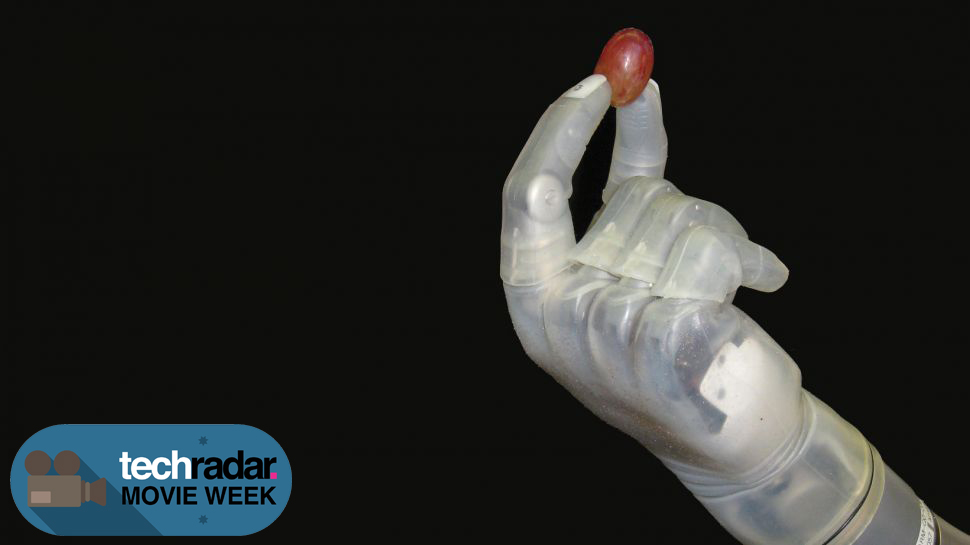
The future movie tech that's already here
Acid trip ideas from the tall-towers of Hollywood-executive offices usually don't make it any further than the silver screen. But when they do, when they do, boy howdy - they're exciting.
Real life science is always aping the brain farts of Californian movie producers and, on occasion, the boffins produce the goods. We live in an exciting time when the fantasies of our childhood are starting to become a reality. Alright, we haven't seen radioactive arachnids or time stopping devices (yet), but we have dipped our hands into the magic hat of robotics and pulled out bionic arms and self assembling robots.
Smartphones can now actually do most of the wildly inaccurate tasks Jack Bauer expected his mobile phone to do in 2001, and the US army wants to have a genuine crack at making Iron Man. Imagine if the US army - or anyone else for that matter - attempted to make a robotic exoskeleton suit 50 years ago? It probably would've looked like something out of The Wizard of Oz. A man, quite literally in a large tin. But in 2013, we can expect something a lot more mouth watering. Here we look at the top 10 movie tech that made it to real life.
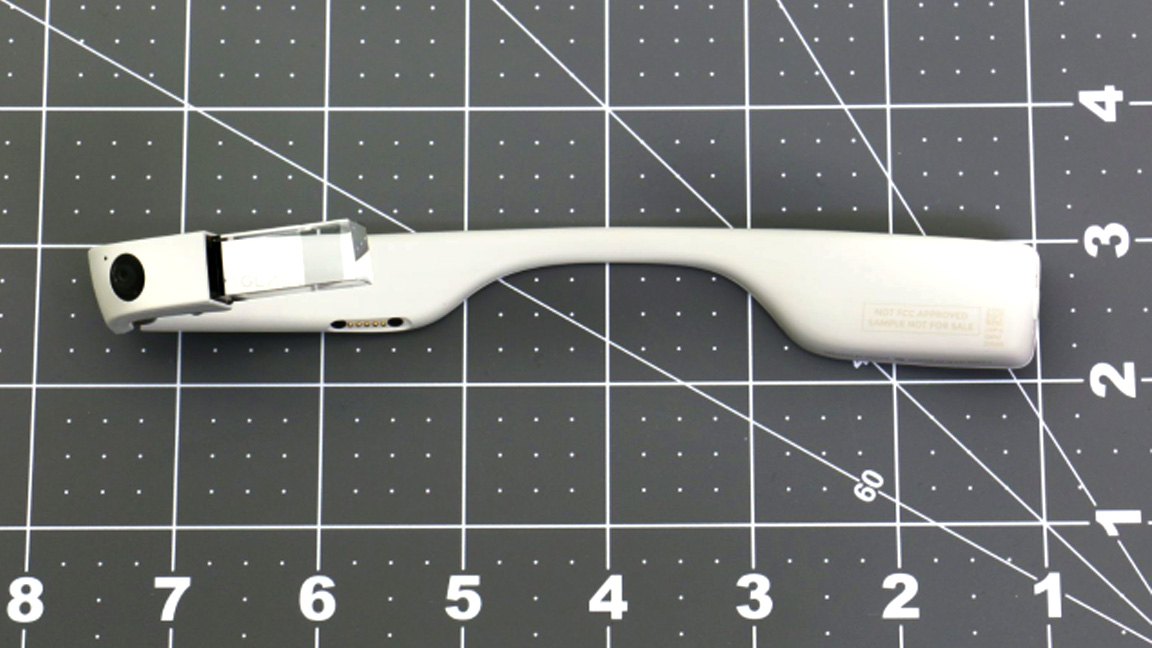
1. Robocop Visor
This is RoboCop country. The augmented reality and digital overlay that helped Officer Murphy dispense justice was probably one of the most entertaining aspects of RoboCop. Real-time information on criminals and remote access to police records could have even been the first time we saw mobile internet in action.
Although, if it had been 2015, Robocop would've had to walk around a bit, holding his head up toward the sky, hoping to get signal. Nevertheless, officer Murphy's justice visor isn't science fiction any more. Web giant and trend setter, Google, built Google Glass, a pair of glasses that work as a real life HUD - giving you access to the internet and thus real-time information on things in your line of sight.
Directions to a shop, directions in a shop, emails and texts displayed in front of your eye, aggressive Facebook stalking of people you don't know, Google searches and video recording are all available with a few spoken commands. The only downside is that you will look like an idiot, which wasn't a problem for Robocop because he was awesome.
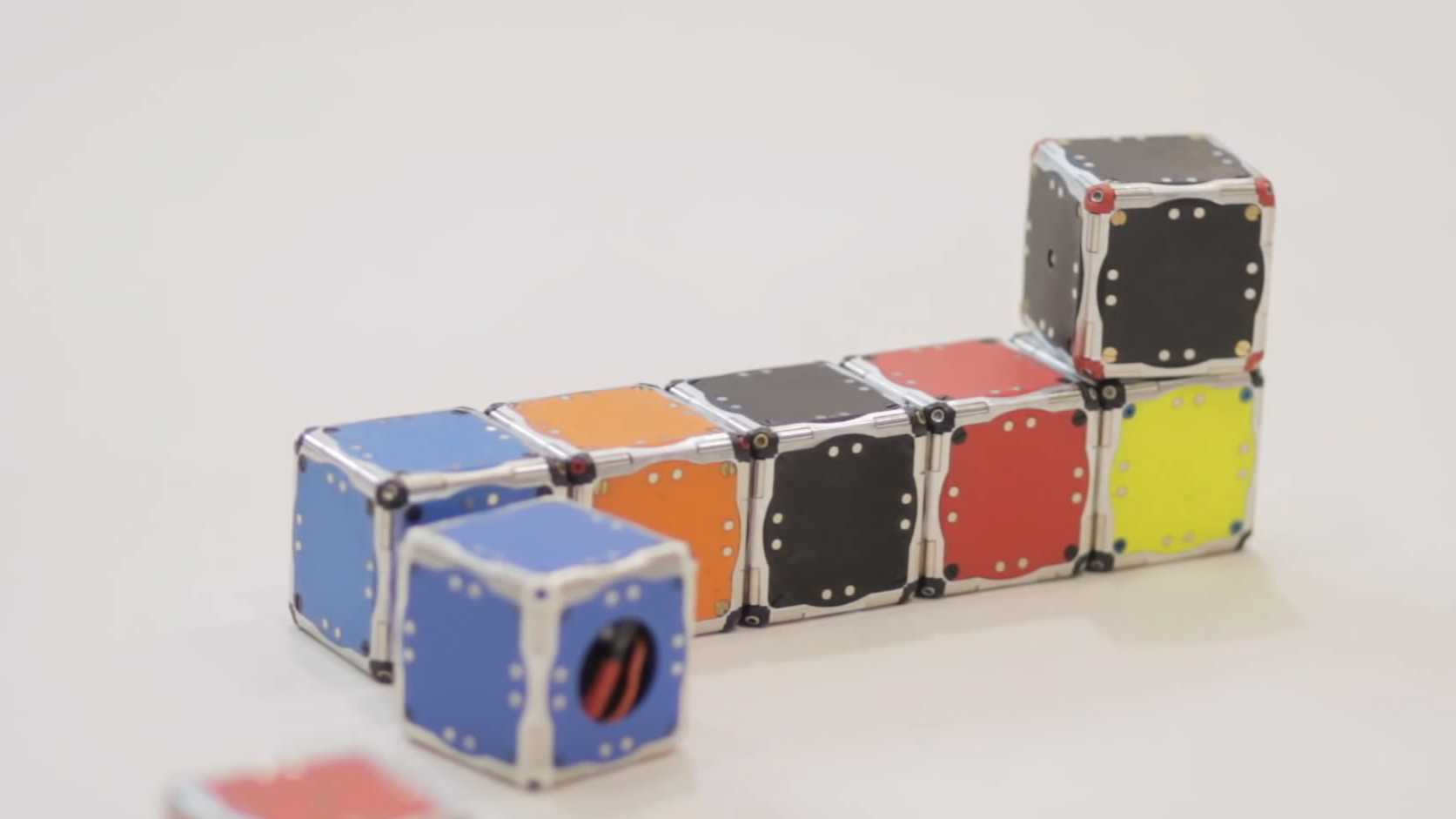
2. Transformers
In the films and erratic Japanese cartoons, Transformers are technologically brilliant mechanical marvels. In real life they are brittle toddler fodder. In execution, Transformer toys have always been a disappointment. Hasbro never really wanted us to 'transform' Optimus Prime any other way than designated. The boundless ways to replicate machines is what attracted us to the metallic aliens in the first place, and a group of researchers at MIT have taken the first steps towards that goal.
Called 'M blocks', these small cube shaped robots can jump and flip to assemble themselves into certain shapes. Not exactly Megatron - maybe baby Megatron - but we have to start somewhere. Researchers at the Artificial Intelligence Laboratory at MIT believe that these robots can be used to build solid structures independently. For example, if part of a bridge were to be damaged, the blocks would detect where the damage was and replace it with a solid structure. That's a pretty mundane, but practical use.
Currently, the blocks are controlled by sending instructions to them remotely. But the researchers hope to program algorithms into the blocks and make them entirely autonomous and able to adapt to different situations.
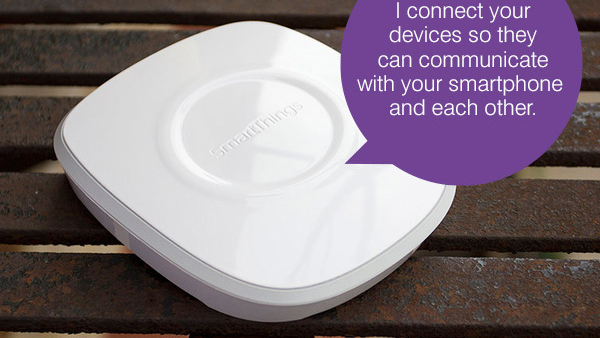
3. Robo-room
We've all dreamed about owning a house that turns the lights on when you walk in, or dispenses some perfectly cooked toast into your mouth when you wake up. Not like in Wallace and Gromit, but more like something out of Star Trek.
This is the aim of Alex Hawkinson, founder of SmartThings (now owned by Samsung), a device that connects everything in your home to the internet. Your smartphone could be the new control centre of everything in your home from turning our lights on to opening doors and activating / interacting with anything electrical in your home.
Dispensing toast directly in your mouth might be a stretch, unless you're prepared to fit a super-strength spring into your toaster sleep with it on next to your head. We do not recommend you do any of it. If you do, please film it.

4. James Bond's Biometric pistol
007's biometric PPK in Skyfall won't fire unless James is holding it, a safety mechanism to stop would-be criminals turning his own weapon against him (although they could just throw it at him). Biometric weapons (or personalised guns as they're otherwise known) are very much a reality.
In the US, Dynamic Grip Recognition has been patented by the New Jersey Institute of Technology, which it will use in conjunction with the world's first 100% electronic handgun that uses new ballistic technology. Finding a gun down the back of a car seat and using it to fire off a few rounds at someone's antique cans will be a thing of the past, although large planks of wood with a single nail through it is still a serious problem.
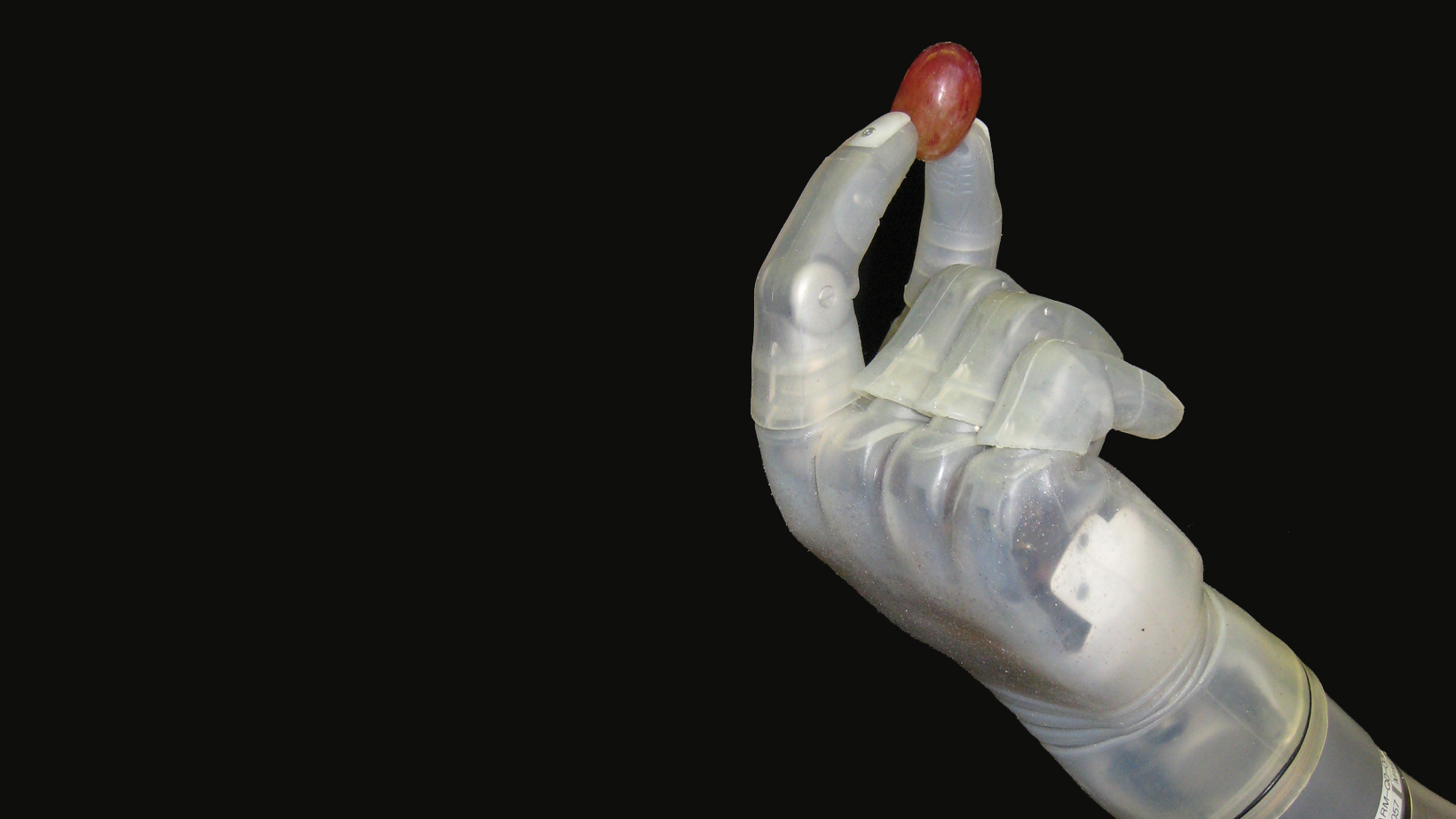
5. Terminator robotic hand
They haven't quite built a full bionic man yet (by 'they' we mean brilliant but mad scientists who are unaware of the destruction they are about to bring upon humanity, yes those scientists) but they've come pretty close with fully functioning robotic limbs.
Strikingly, scientists behind creating robotic limbs have managed to mimic, almost expertly, the intricate and menacing movement of Arnie's de-skinned metal hand. All they need to do is add that music to complete the look.
2015 seems to be the year of robotics, but there's no definitive project that is building the definitive robotic limb. Many researchers, scientists and enthusiasts are working toward the same goal. From Joe Gibbard's impressive and low cost 3D printed Dextrus hand that uses gears and motors to grip objects, to DARPA's high-end robotic hand that can be controlled with the mind via neural-interface technology - and even giving amputees a regained sense of touch. Watch this incredible video of DARPA's hand in action.
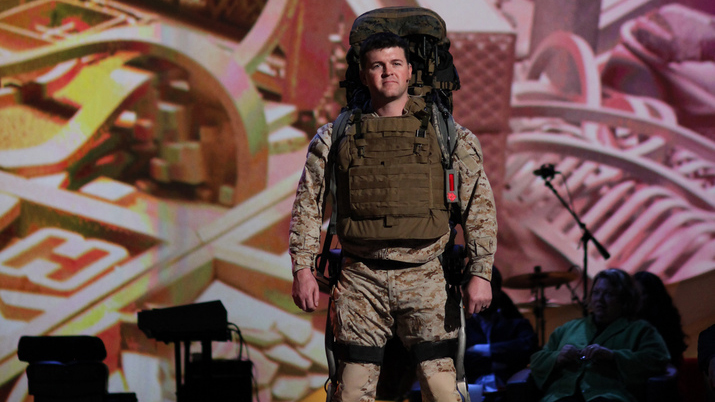
6. Iron Man suit
Come on, Iron Man? Freaking Iron Man?! Tony Stark's Iron Man can do pretty much anything. The undefined abilities of his suit seem to prepare him for any situation, no matter how far fetched - in the same vain that Batman carries a spray to specifically repel sharks.
No one is working on making a brief case that turns into an impenetrable war-machine, but the US army is working on an exoskeleton suit for its soldiers. The idea is that soldiers will wear a tactical assault light operator suit, or TALOS, and have increased strength, advanced armor and increased communications through a Google glass type interface.
At the centre of the research, again, is MIT, who are also working on making liquid body armour that turns solid when a current travels through it. We've already seen less advanced versions of exosuits that can aid in lifting and increase movement, but a full body war machine and a HUD is in a league of its own.
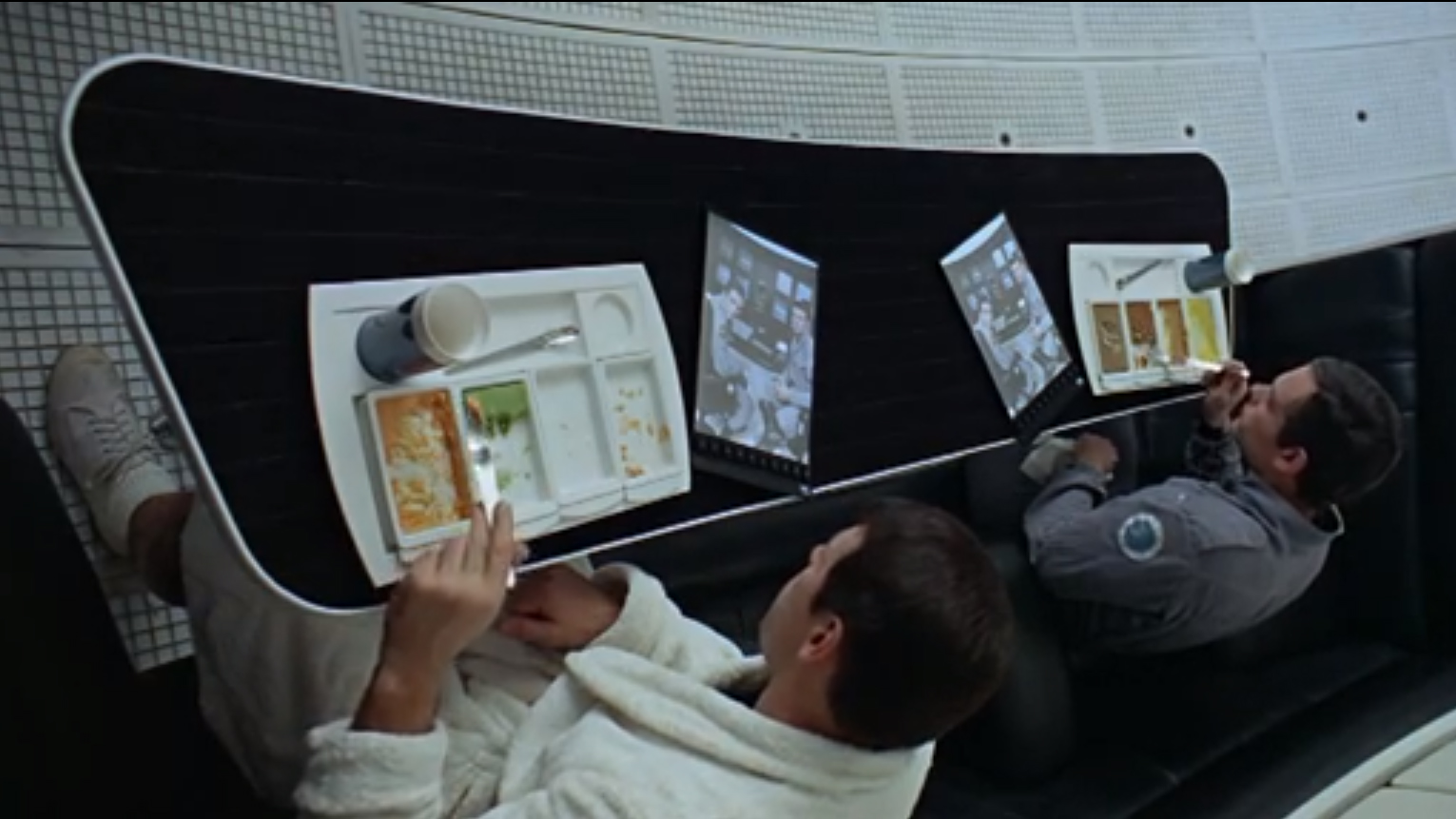
7. iPad in 2001 A Space Odyssey
In 1968's 2001 A Space Odyssey, we saw a man eating his breakfast and casually watching a news programme on what looked EXACTLY like a modern day tablet. It was flat, square and capable of producing multimedia content wirelessly - and it was used at breakfast time.
This is probably the most on the nose prediction from a film that came so true that tablets are now a part of our everyday lives. The dodgy green space-food was less on the nose, as was a lot of the dated hair-cuts, but the tablet was right on the money.
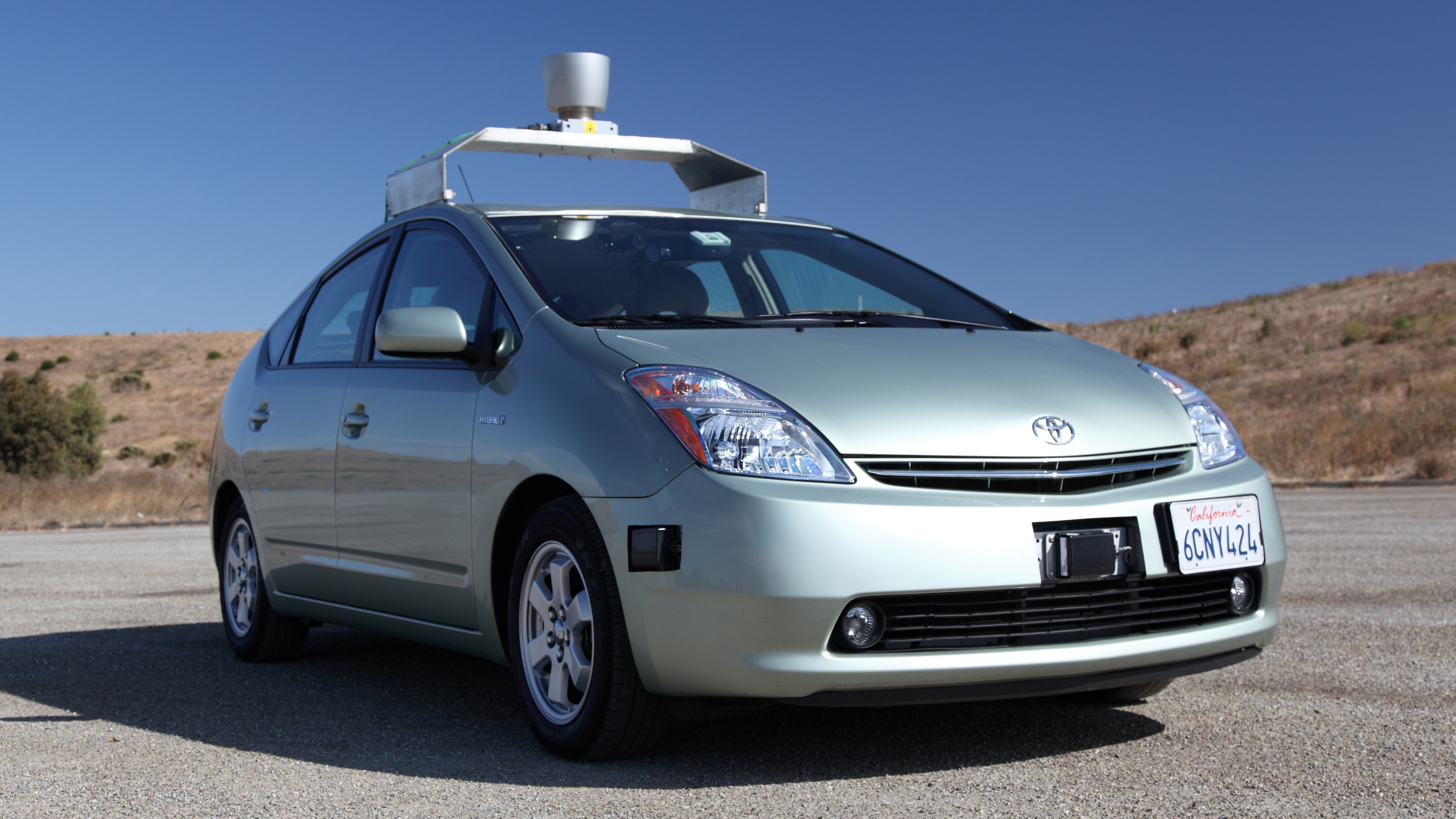
8. Driverless car
Total Recall, Demolition Man, Minority Report and I, Robot have all featured driverless cars. According to Hollywood, in an unavoidable dystopian future, cars cannot and should not be operated by humans because we're are too risky and cause accidents. 2013's Skynet, or Google it's currently known, have taken on a similar ethos and begun creating an autonomous car.
Google are a bit hush on the specifics, but it seems that the car operates by using sensors to detect its surroundings and 360 cameras to map out direction, not dissimilar to the Google Street View car. It is operated by a piece of software ominously called 'Google Chauffeur', which sounds absolutely terrifying. Google's car has already done test runs around San Francisco and it completed over 300,000 autonomous driving miles with no problems.
Ford has also jumped on the driverless bandwagon by developing a car that takes over the steering wheel when you are about to crash, which is great news for drink drivers.
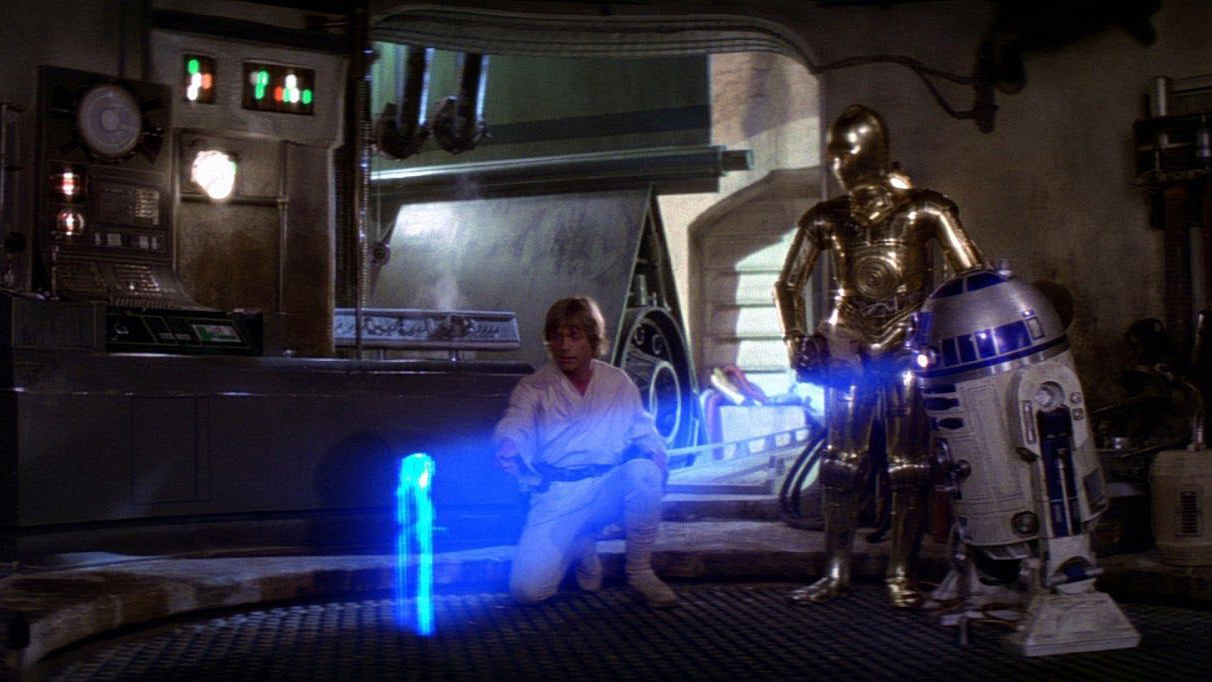
9. Star Wars Hologram
"Commander Cody, the time has come, execute order 66" said Darth Sidious as he instructed Commander Cody to order him the special fried rice from Noodle Palace. A long time ago in a galaxy far, far away, sending a Hologram message was as throwaway as sending a text. But the hologram technology used in Star Wars isn't so far, far away any more.
A company called Asukanet demonstrated a new interactive hologram at the 2013 CEATEC show. The device that displays the hologram is called an Aerial Imaging Plate, which combines reflective surfaces with a tablet interface. A 'floating' hologram is presented and the user can interact with it as they would any real life tangible object. The AIP then detects where your hand is in relation to the hologram and makes the hologram respond accordingly. The actual image can only be seen from one angle, or 'sweetspot', which Asukanet believes is an advantage because it gives the user more 'privacy'. Ewww.
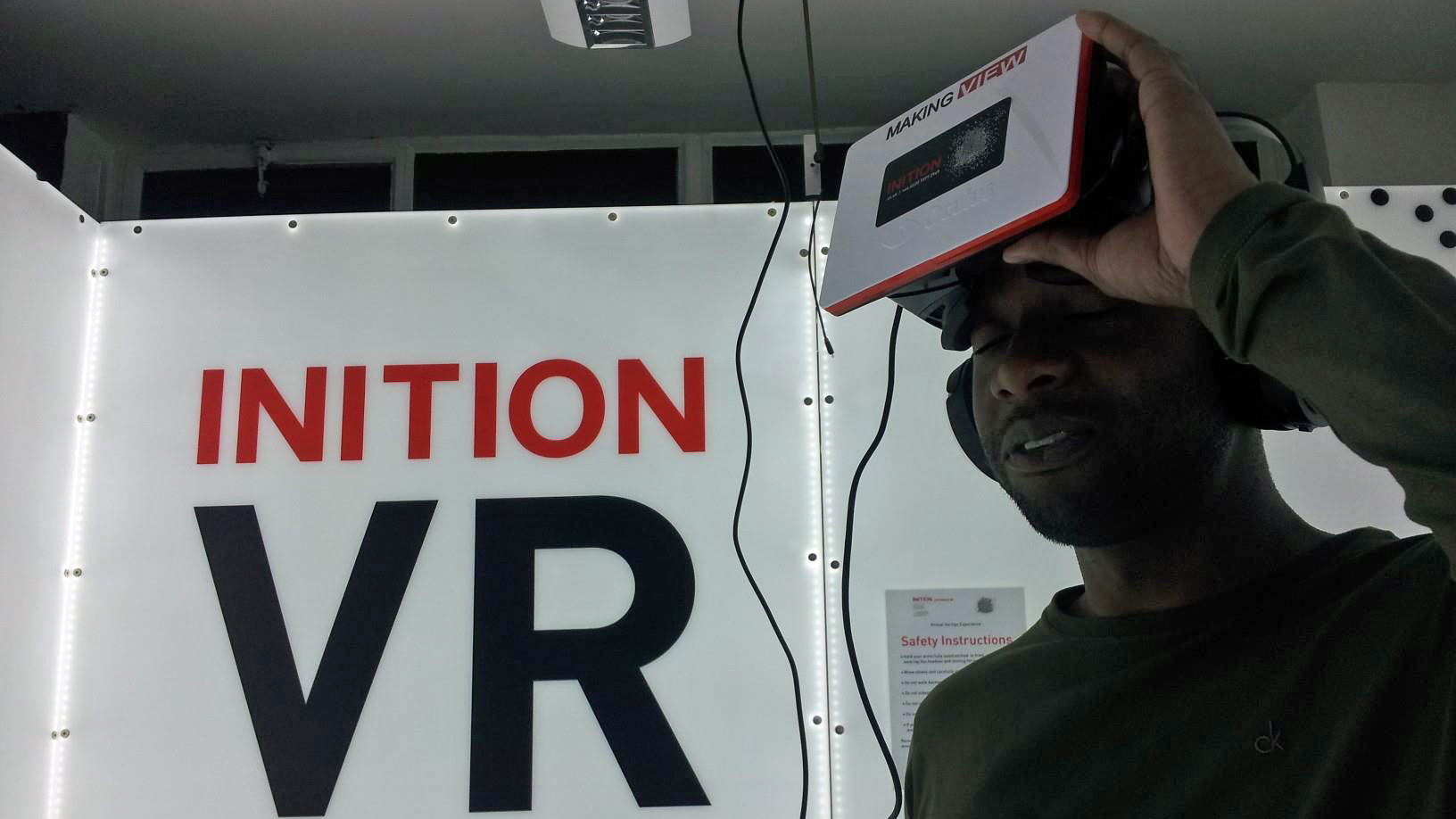
10. Tron virtual reality
It's always fun to laugh at how directors envisioned the future would be and then execute their vision with eighties special effects. There's no greater example of this than the original Tron film. Even the colours were straight out of the '80s. Tron's virtual world that absorbed Kevin Flynn can easily be recreated in 2013. Virtual Reality has taken some huge strides in recent years, with many thanks to crowd-funding programs like Kickstarter.
The most well known project, Oculus Rift, is on the cusp of release and many developers and journalists - including techradar - have jumped aboard the bandwagon. The devices offers a 90 degree horizontal field of view and a 1080p resolution, which creates an immersive experience. If you don't believe us, check out this charming video of an elderly lady using the Oculous for the first time.
- TechRadar's Movie Week is our celebration of the art of cinema, and the technology that makes it all possible.